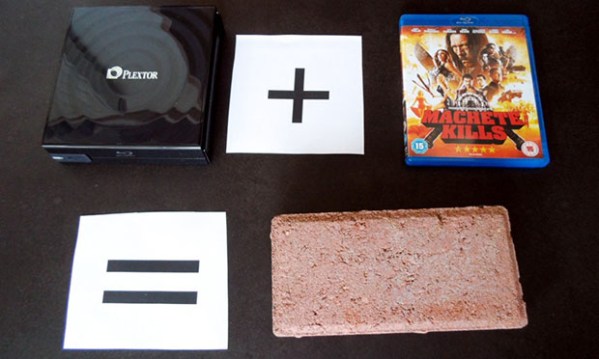Does anyone else get the feeling that the frequency of rather horrible vulnerabilities coming to light is accelerating? Off the top of our head, there’s Heartbleed, Shellshock, and now this one. The BadUSB exploit attack stems from the “invisible” microcontroller in most USB devices.
We first heard about it when we were attending DEFCON in August. The exploit had been announced the same week at Blackhat but there wasn’t much information out yet. Now the talk has been posted and there’s a well-explained overview article at Big Mess o’ Wires.
Here’s how this one goes: all USB devices rely on a microcontroller to handle the peripheral-side of USB communications. The computer doesn’t care which microcontroller, nor does it have a way of knowing even if it wanted to. The uC is “invisible” in this situation, it’s the interface and data flowing through it that the computer cares about. BadUSB is an attack that adds malicious functionality to this microcontroller. To the computer it’s a perfectly normal and functional USB device, while all the bad stuff is happening on the peripheral’s controller where the computer can’t see it.

How deeply do you think about plugging each and every USB device? Check out what happens at 19:20 into the video below. The USB device enumerates and very quickly sets up a spoofed Ethernet connection. You can still load a webpage via WiFi but the fake connection is forwarding packets to a second server.
Once discovered, you can wipe the computer and this will stop happening; until you plug the same device again and reinfect. Worse yet, because the controller is invisible to the computer there’s almost no way to scan for infected devices. If you are smart enough to suspect BadUSB, how long will it take you to figure out if its your mouse, your keyboard, a thumb drive, a webcam, your scanner… you get the point.

















